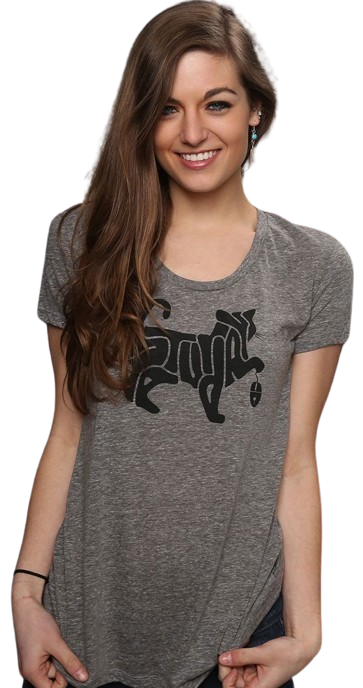- Express delivery and free returns within 30 days
- realdealextras@yahoo.com
- +1 513 437 1822

Whether you need custom apparel for your business or an event, or you are simply interested in knowing the right printing methods to help your designs last and meet your needs. This blog will help you explore the differences between DTF and screen printing, what each works best with, and answer some of the most common questions about each method.
What is Screen Printing?
Screen printing is a technique where a mesh screen is used to transfer ink onto fabric, like a t-shirt. A blocking stencil is used to block the ink, forming the image. The ink sits on top of the material rather than soaking into it. It takes about 5 minutes per shirt. Drying times vary depending on the ink type. Screen printing is highly durable, often lasting 50+ washes before fading, and can last the garment’s lifetime.
How Does Screen Printing Work?
Each element of the design gets its own screen. The fabric is printed layer by layer, screen by screen until the design is complete. This method is excellent for solid graphics, numbers, and basic logos without intricate details.
How Much Does Screen Printing Cost?
Several factors affect the cost of screen printing, including:
- Quantity of garments
- Number of colors
- Print size and location
- Amount of ink coverage
- Garment type
That said, screen printing can be expensive for small orders and is time-consuming. Dark garments often cost more because they need an under-base, increasing ink coverage and cost. If you’re printing for yourself, consider setup costs like printers, screens, cleaning equipment, emulsion, ink, squeegee, dryer for ink curing, blank apparel, and design creation.
What is a DTF Transfer?
A DTF (direct-to-film) transfer involves printing artwork onto a film, which is then pressed onto the shirt. This method is growing in popularity due to its versatility and durability. DTF transfers are incredibly durable, lasting 60+ washes without cracking or fading, and maintain vibrant colors long term.
DTF transfers sit on top of the garment. A second press helps ensure they feel softer and more integrated with the material, improving durability. Skipping this step can result in a hard or plastic feel, so don’t forget the second press!
How Does DTF Transfer Work?
To make a DTF transfer, you’ll need:
- DTF printer
- Adhesive powder
- DTF inks
- Curing oven
- Heat press, handheld press, or household iron
Alternatively, you can purchase DTF transfers by size or gang sheet directly from us!
How to Press a DTF Transfer?
One major advantage of DTF transfers is that you can press them with a household iron, though a heat press or handheld press is recommended for the best results. For detailed instructions, follow our guide on how to press a DTF transfer.
Why Choosing the Right Printing Method?
As you can see, choosing the right printing method can save you time and money. Each method has its pros and cons, but DTF transfers are an innovative technique that helps your business produce long-lasting, vibrant designs quickly. Ready to order? Visit our website today!


